Sonus Paradisi
Rozay, 1737 [Hauptwerk]
Rozay, 1737 [Hauptwerk]
No se pudo cargar la disponibilidad de retiro
A model of a French baroque instrument of XVIIth century. Little is known about the origin of the instrument. We know the names of some of the Rozay church organists in 16th and 17th centuries, but they almost certainly played the earlier renaissance instrument there. The traditions says that the present instrument is from the first half of the 18th century, perhaps 1723, with its builder being Louis-Alexandre Clicquot (1684-1760), but there are no documents to prove this assertion. In any case, parts of the instrument are clearly from 17th century, probably rearranged in 1737 at the latest. The preserved original 17th century stop jamb panel including the stop labels made it possible to restore the 17th century state of the instrument. The layout of its stop labels (providing hints for divided stops) corresponds exactly to the preserved state of the windchest. The core of the Grand Orgue comes from ca. 1680, but numerous parts are of an earlier origin, probably from 16th century.
The special feature of this instrument is the split point, which is between middle c and c# for the split stops (all the Cornets still start at middle c, though). It is also the only French organ of 17th century still having its original keyboards in a playable condition, the keyboards once touched by the members of the Couperin organ dynasty, whose home, Chaumes en Brie, is situated nearby.
Presented to you by Leonart Studio, your authorised reseller for Sonus Paradisi in Switzerland (shipped internationally). Get your digitally sampled historical organs for the use with the Hauptwerk virtual instrument software.
Share this Sample Set
![Rozay, 1737 [Hauptwerk]](http://artful.shop/cdn/shop/files/ss_rozay1.jpg?v=1692902040&width=1445)
![Rozay, 1737 [Hauptwerk]](http://artful.shop/cdn/shop/files/ss_rozay2.jpg?v=1692902042&width=1445)
![Rozay, 1737 [Hauptwerk]](http://artful.shop/cdn/shop/files/ss_rozay3.jpg?v=1692902041&width=1445)
![Rozay, 1737 [Hauptwerk]](http://artful.shop/cdn/shop/files/ss_rozay4.jpg?v=1692902041&width=1445)
![Rozay, 1737 [Hauptwerk]](http://artful.shop/cdn/shop/files/ss_rozay5.jpg?v=1692902041&width=1445)
![Rozay, 1737 [Hauptwerk]](http://artful.shop/cdn/shop/files/ss_rozay6.jpg?v=1692902042&width=1445)
![Rozay, 1737 [Hauptwerk]](http://artful.shop/cdn/shop/files/ss_rozay7.jpg?v=1692902042&width=1445)
![Rozay, 1737 [Hauptwerk]](http://artful.shop/cdn/shop/files/ss_rozay11_469c8ca5-4ae1-4b19-90b5-25094903efc3.jpg?v=1692902040&width=1445)
Specification (stop list)
-
Manual I
Positif C–c3[-e3]
Bourdon 8′
Montre 4′
Doublette 2′
Nazard 2 2/3′
Tierce 1 3/5′
Fourniture III
Cymbale II
Cromorne 8′ -
Manual II
Grand Orgue C–c3[-e3]
Montre 8′
Bourdon 8′
Prestant 4′
Flute 4′
Doublette 2′
Nazard (bass) 2 2/3′
Nazard (desc.) 2 2/3′
Tierce (bass) 1 3/5′
Tierce (desc.) 1 3/5′
Fourniture III
Cymbale III
Cornet V
Trompette (bass) 8′
Trompette (desc.) 8′
Clairon 4′
Voix humaine 8′ -
Manual III
Récit c1–c3[-e3]
Cornet V -
Manual IV
-
-
Pedal
Pédale C–f1
Flute 8′
Flute 4′
Trompette 8′
Clairon 4′ -
Other specification
Couplers:
Pos. - G.O.
Accessories:
Tremblant Doux (slow)
Tremblant Fort (fast)
Vielle (hurdy-gurdy, two reed pipes constantly sounding a quint)
Rossignol (bird song, several pipes immersed in water) Crayon (a place for a pencil, no sound)
Clochette (a bell to the calcant, serves as the blower switch in Hauptwerk - should be always on)
History
A model of a French baroque instrument of XVIIth century. The instrument is located in the French village Rozay-en-Brie, in the church Notre-Dame-de-la-Nativité.
Little is known about the origin of the instrument. We know the names of some of the Rozay church organists in 16th and 17th centuries, but they almost certainly played the earlier renaissance instrument there. The church already had an instrument in the 14th century. A small part of its organ case is still preserved.
The traditions says that the present instrument is from the first half of the 18th century, perhaps 1723, with its builder being Louis-Alexandre Clicquot (1684-1760), but there are no documents to prove this assertion. Other sources say that François Deslandes has got the contract to build an new organ and he finished the Positif in 1723. Unfortunately, he died in 1729 and didn't finish the organ. Louis-Alexandre Clicquot did finish the organ in 1737. In any case, parts of the instrument are clearly from 17th century, probably rearranged in 1737 at the latest. The preserved original 17th century stop jamb panel including the stop labels made it possible to restore the 17th century state of the instrument. The layout of its stop labels (providing hints for divided stops) corresponds exactly to the preserved state of the windchest. The core of the Grand Orgue comes from ca. 1680, but numerous parts are of an earlier origin, probably from 16th century.
The special feature of this instrument is the split point, which is between middle c and c# for the split stops (all the Cornets still start at middle c, though). It is also the only French organ of 17th century still having its original keyboards in a playable condition, the keyboards once touched by the members of the Couperin organ dynasty, whose home, Chaumes en Brie, is situated nearby.
At the beginning of 19th century, the organ was in a deplorable state, nearly forgotten and almost falling apart. In 1854 the organ got an new wind system. Nevertheless, about 95% of its original parts and pipes were preserved. The first larger restoration of the instrument took place in 1930-33 by Gabriel d'Alencon. He altered the specification and constructed new keyboards. The original ones were stored. The second restoration by Yves Cabourdin, completed in 1996, restored the original design of the XVIIth century instrument. The original keyboards were placed back and the changes of 1933 were undone.
Sources:
Booklet from the inauguration of the instrument in 1996.
Web page of the Association of the friends of the Rozay organ.
Web page orgbase.nl.
Special thanks to Philippe Lecossais, the titulaire organist, for his warm invitation and welcome.
Features
No Encryption
The samples are offered in 48kHz/24bit resolution. The sample set is offered in a plain wave format, no encryption. Hauptwerk v.4 and higher supported.
Reverb time
The reverb time is ca. 3 seconds.
Keyboards, pedalboard
The original compass of the keyboards is 48 keys, 4 octaves (C-c3 without the lowest C#). The compass was enlarged in the Hauptwerk model up to the e3. The split point for the divided stops is between c1 and c#1. The original compass of the pedal division is 30 sounding tones, C-f1, the key C# sounds a contra A (deep La), though, a typical feature of French baroque organs.
Tremulants
Many ranks of the organ (including the pedal stops) were recorded with and without the soft tremulants for the most convincing tremulant behavior. However, loading tremmed ranks consumes large amount of RAM. It is possible to select to use the artificial Hauptwerk tremulant instead to save RAM (the switch is located on the mixer tab). The strong Tremblant Fort is a pure Hauptwerk model.
Surround format
The sample set is offered in the Surround variant (6 channels). In addition to the usual 4-channel surround, there are two more alternative front channels. In total, there are 4 front audio channels and 2 rear channels. The two pairs of the front ranks feature two different recording positions: direct (near to the pipes) and diffuse (distant from the instrument). These two pairs of the front ranks can either be mixed together freely to achieve any listening position between the two extremes, or used separately - depending on the prefererences of the user. A dedicated "mixing desk" is available in Hauptwerk to mix the sound to the desired level (see screenshots).
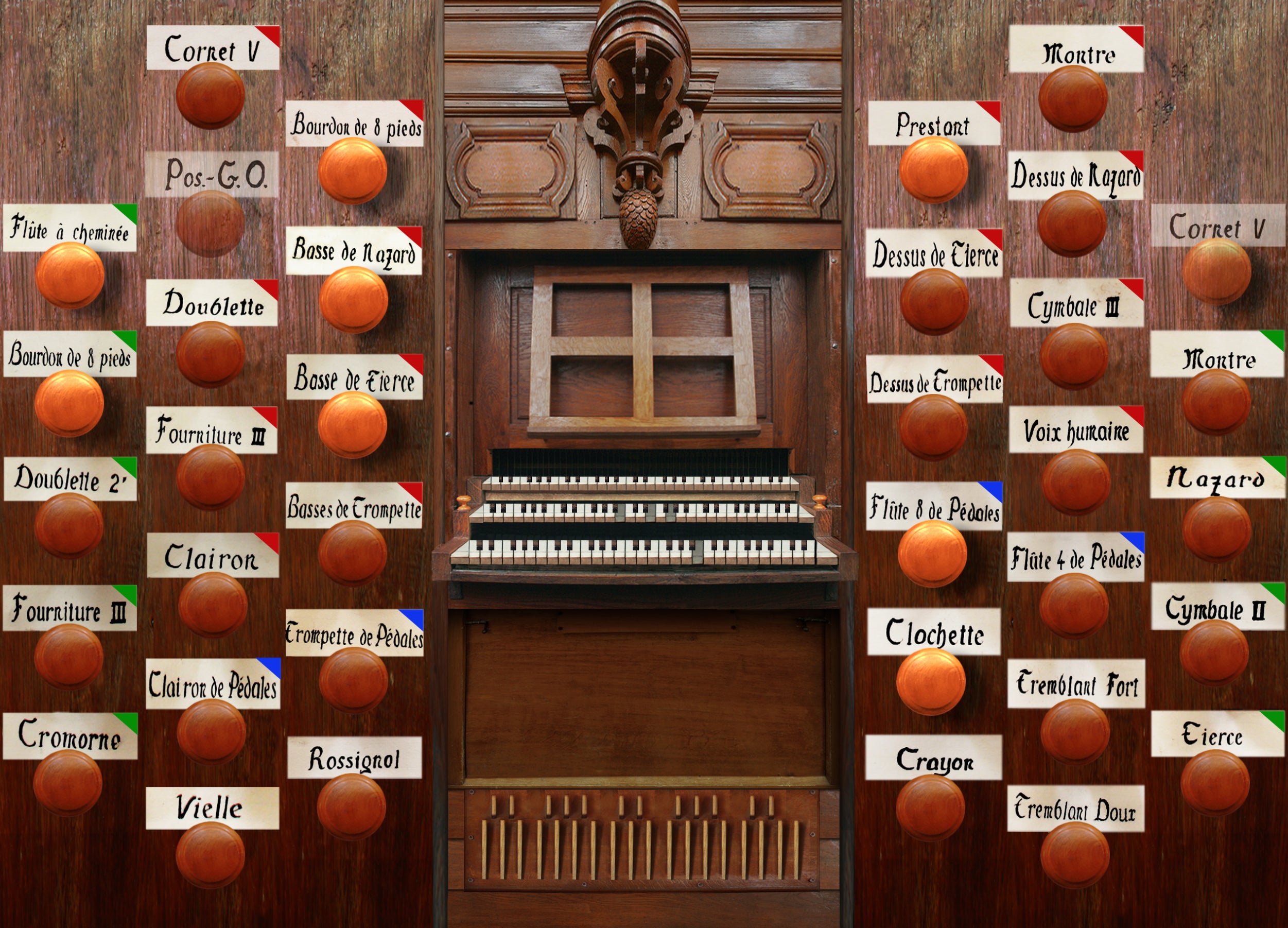
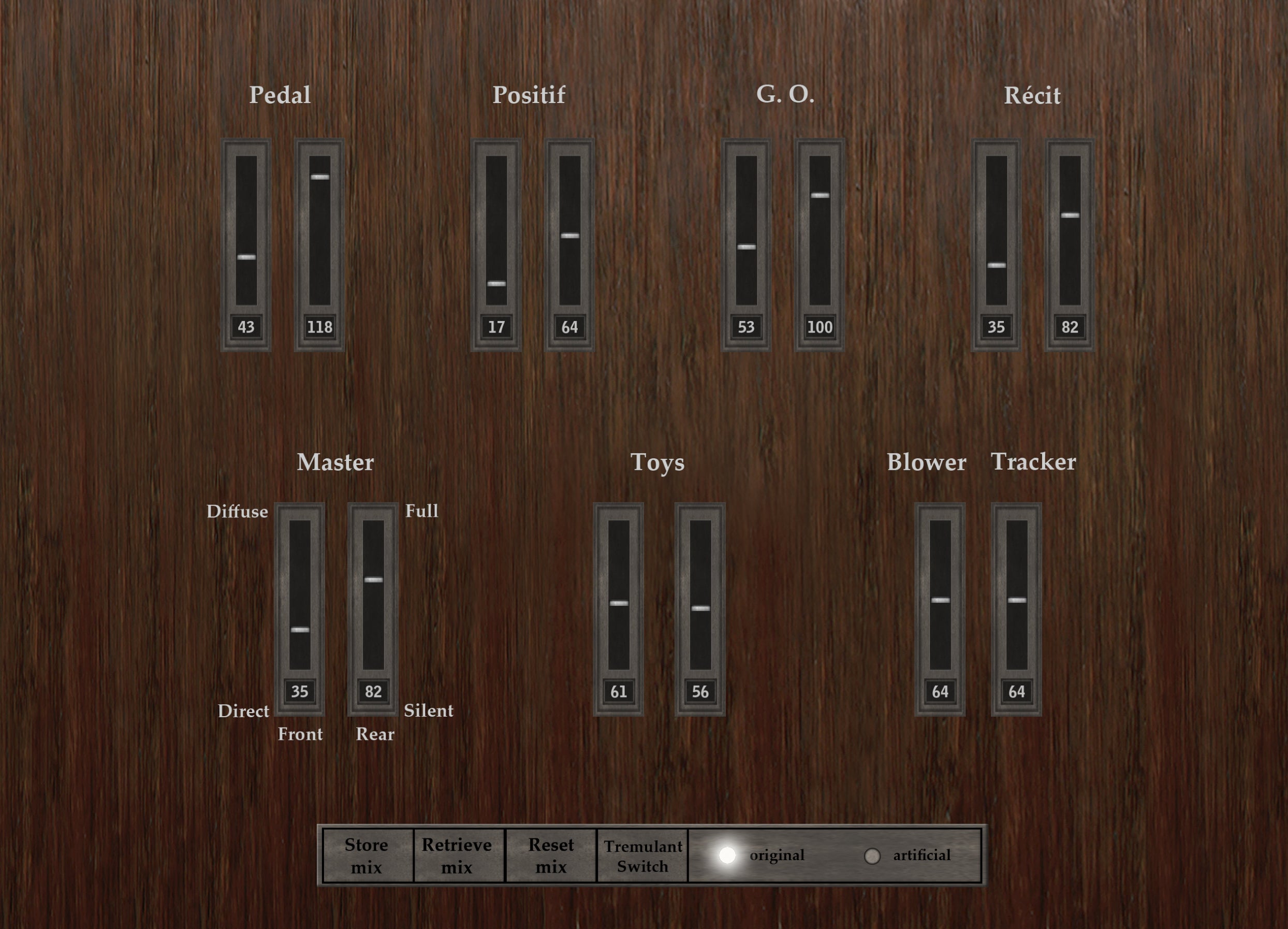
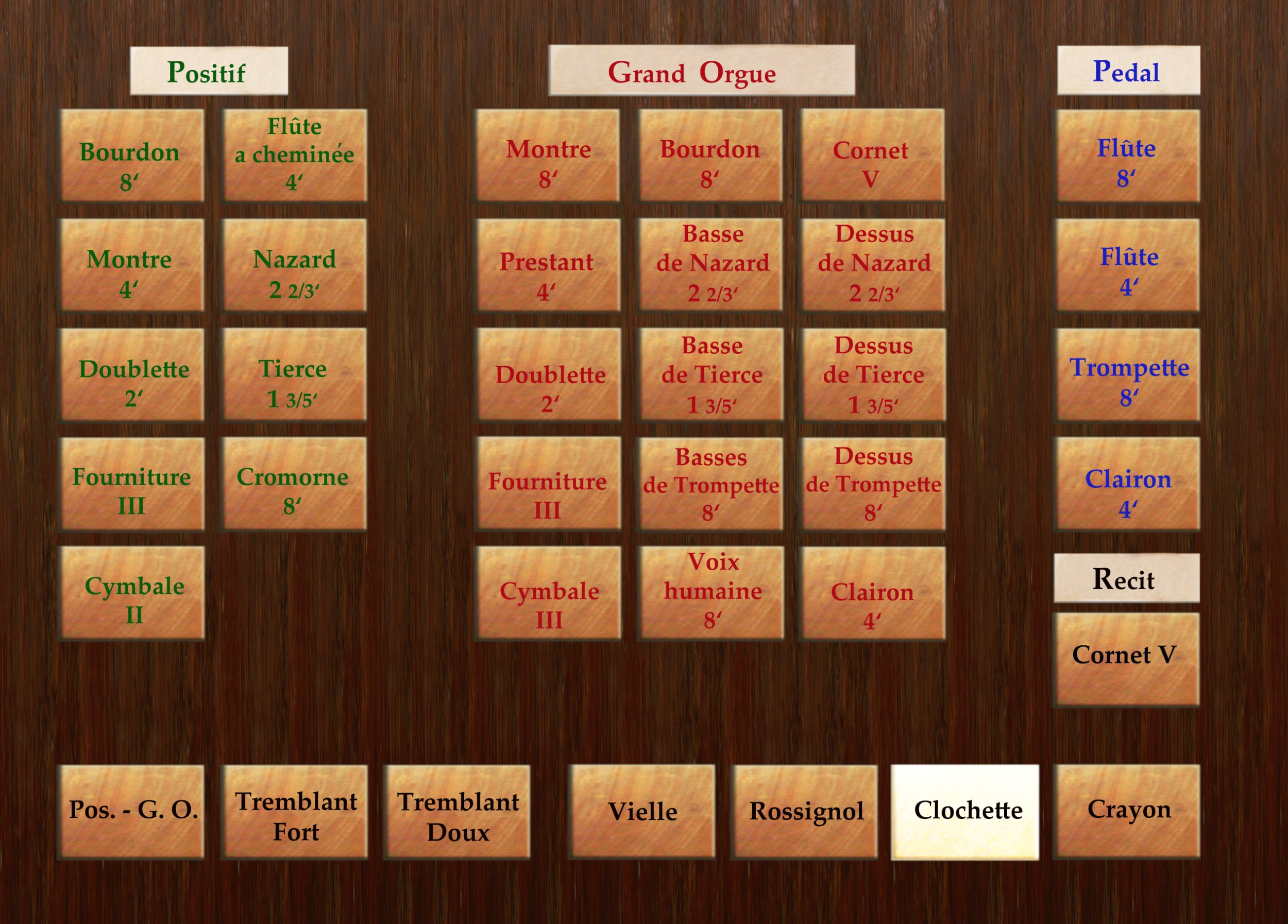
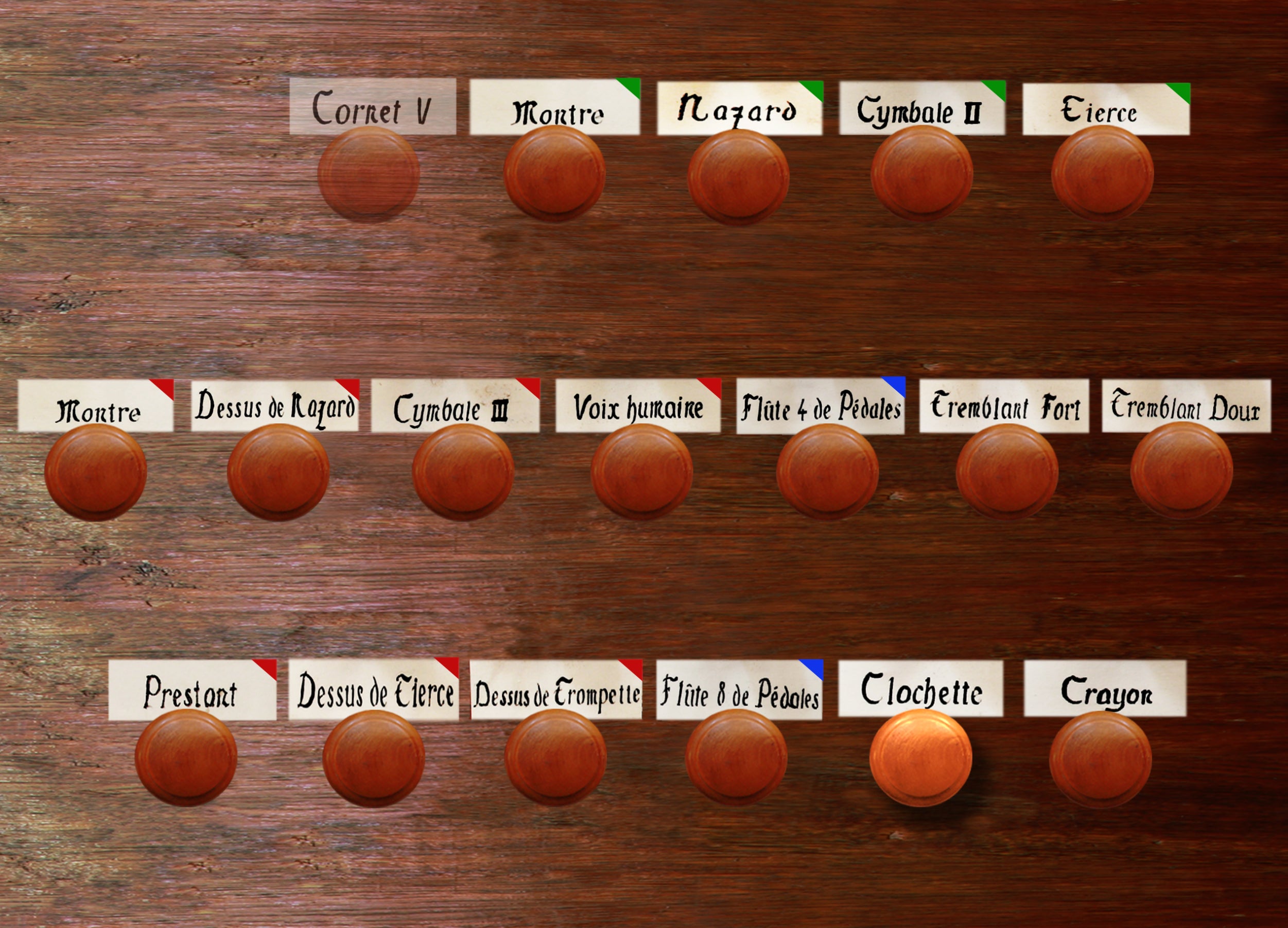
Requirements
Hauptwerk v.4 and higher supported.
RAM consumption: 6-channel surround
16-bit, other settings default: 12.3 GB
20-bit, other settings default: 21.0 GB (recommended)
24-bit, other settings default: 22.8 GB
RAM consumption: 2-channel wet (diffuse channels only)
16-bit, other settings default: 5.0 GB
20-bit, other settings default: 7.9 GB
Screen resolution 1280x1024 px or more, the optimal resolution is 4K (3840x2160).
Polyphony of 3000 voices recommended for the full suround.
This Hauptwerk Sample Set is presented to you by Leonart Studio, an authorised reseller for the manufacturer Sonus Paradisi in Switzerland (shipping internationally). Enjoy this digitally sampled organ library for the use with Hauptwerk software and start expanding your historical organ collection today.
More Hauptwerk Sample Sets
-
Casavant, 1995 [Hauptwerk]
Proveedor:Sonus ParadisiPrecio habitual CHF 174.90Precio habitualPrecio unitario / por -
Reuter, 1928 [Hauptwerk]
Proveedor:Sonus ParadisiPrecio habitual CHF 473.00Precio habitualPrecio unitario / por -
Rotterdam Hoofdorgel, 1973 [Hauptwerk]
Proveedor:Sonus ParadisiPrecio habitual A partir de CHF 330.00Precio habitualPrecio unitario / porCHF 958.10Precio de oferta A partir de CHF 330.00Oferta -
Groningen, 1450-1740 [Hauptwerk]
Proveedor:Sonus ParadisiPrecio habitual A partir de CHF 658.90Precio habitualPrecio unitario / porCHF 1,681.90Precio de oferta A partir de CHF 658.90Oferta -
Goerlitz, 2006 [Hauptwerk]
Proveedor:Sonus ParadisiPrecio habitual A partir de CHF 328.90Precio habitualPrecio unitario / por -
Bückeburg, 1997 [Hauptwerk]
Proveedor:Sonus ParadisiPrecio habitual A partir de CHF 1.10Precio habitualPrecio unitario / por -
Brasov, 1839 [Hauptwerk]
Proveedor:Sonus ParadisiPrecio habitual CHF 418.00Precio habitualPrecio unitario / por -
St. Omer, 1717-1855 [Hauptwerk]
Proveedor:Sonus ParadisiPrecio habitual CHF 323.40Precio habitualPrecio unitario / porCHF 410.96Precio de oferta CHF 323.40Oferta -
Stellwagen organ, St. Marien, Stralsund (1659)
Proveedor:Sonus ParadisiPrecio habitual CHF 858.00Precio habitualPrecio unitario / por -
![Clavichord Model [Hauptwerk]](//artful.shop/cdn/shop/files/ss_clavichord.jpg?v=1724310155&width=533) Agotado
AgotadoClavichord Model [Hauptwerk]
Proveedor:Sonus ParadisiPrecio habitual CHF 33.00Precio habitualPrecio unitario / por

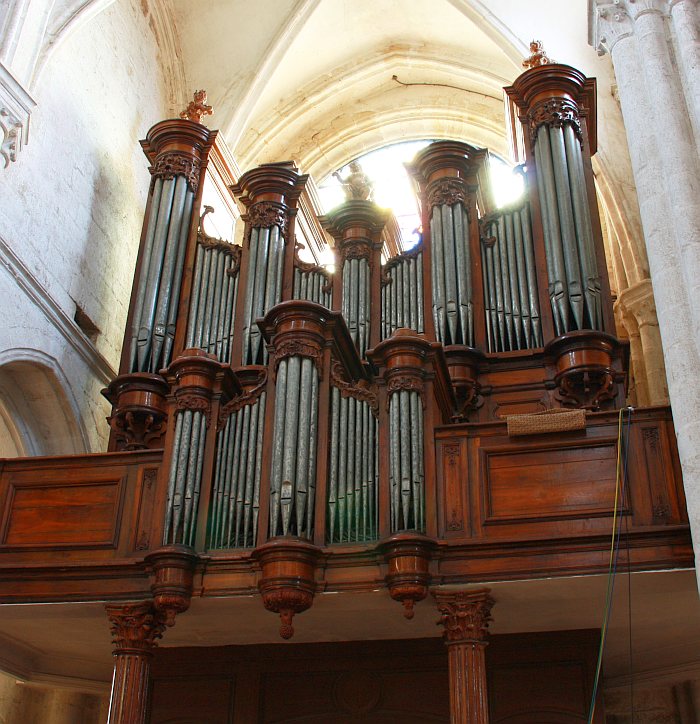


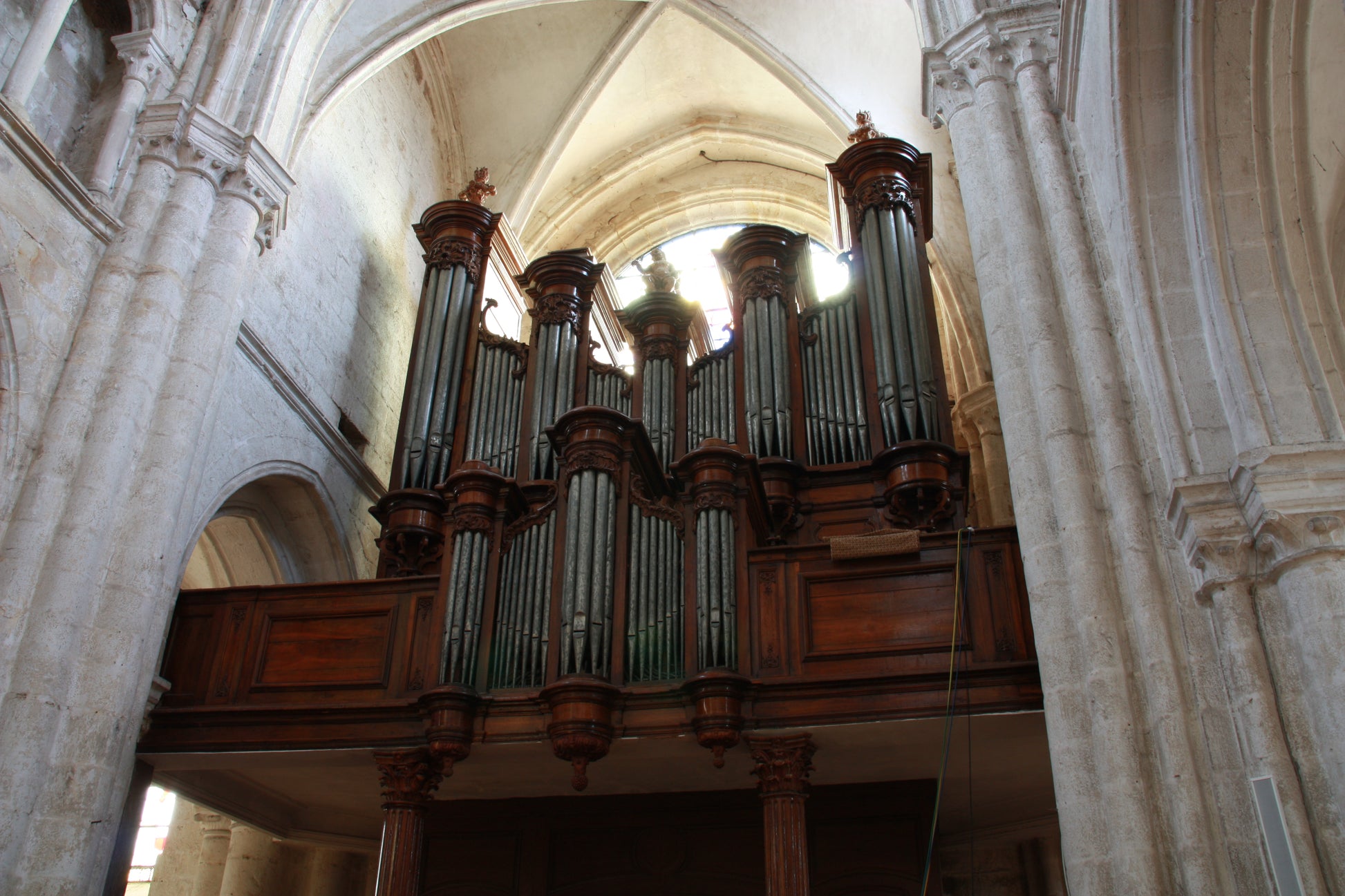
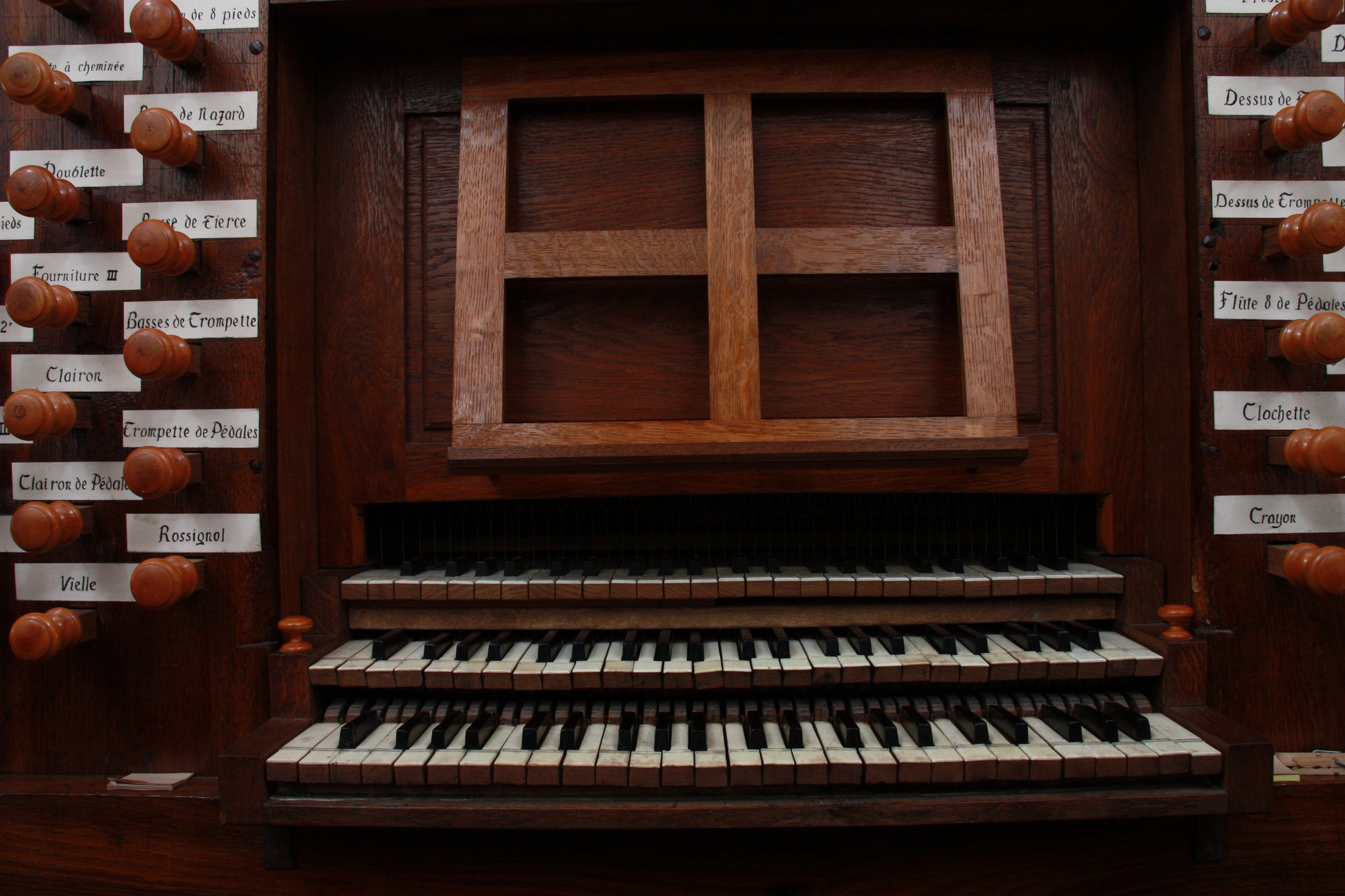
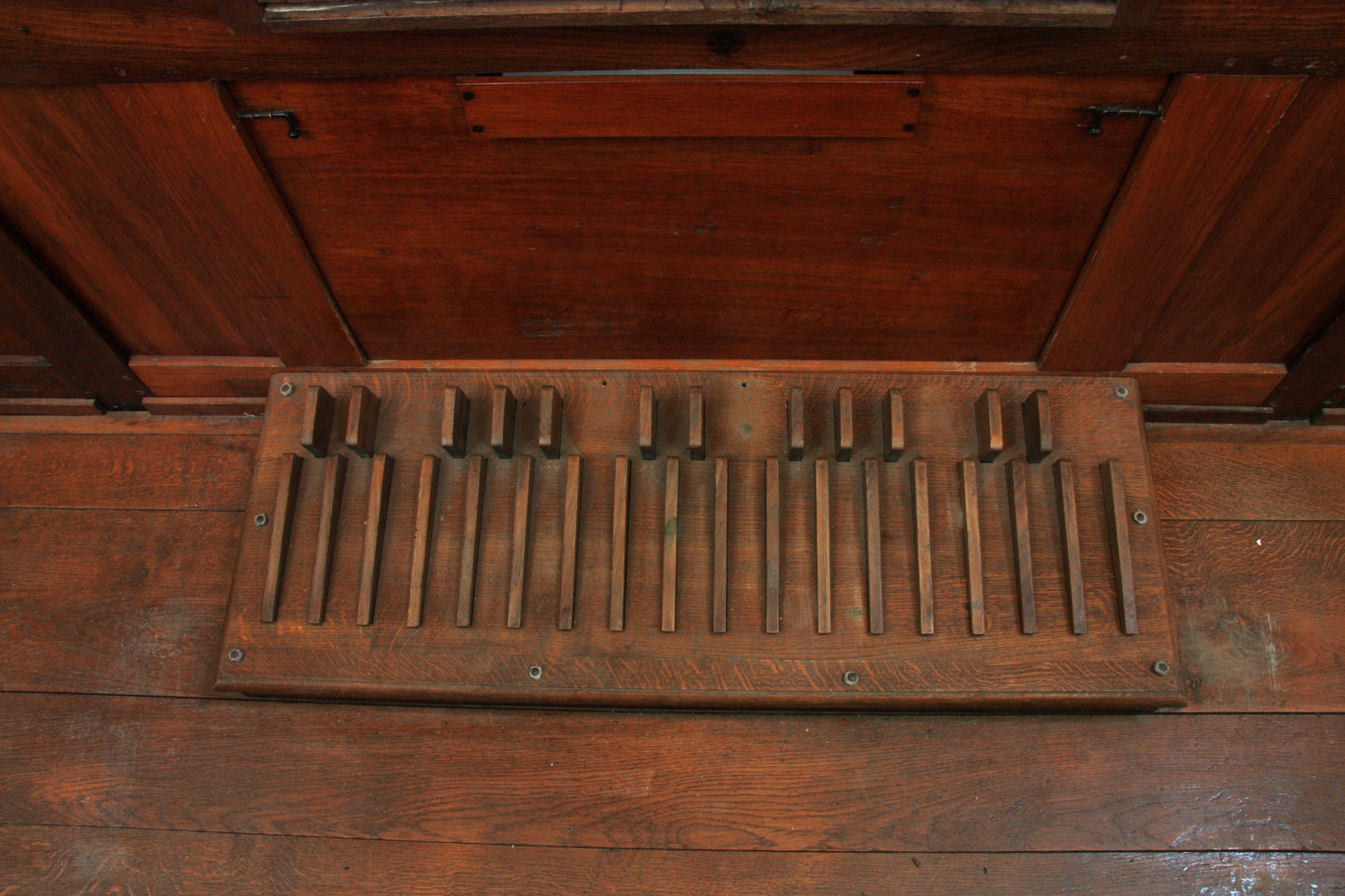

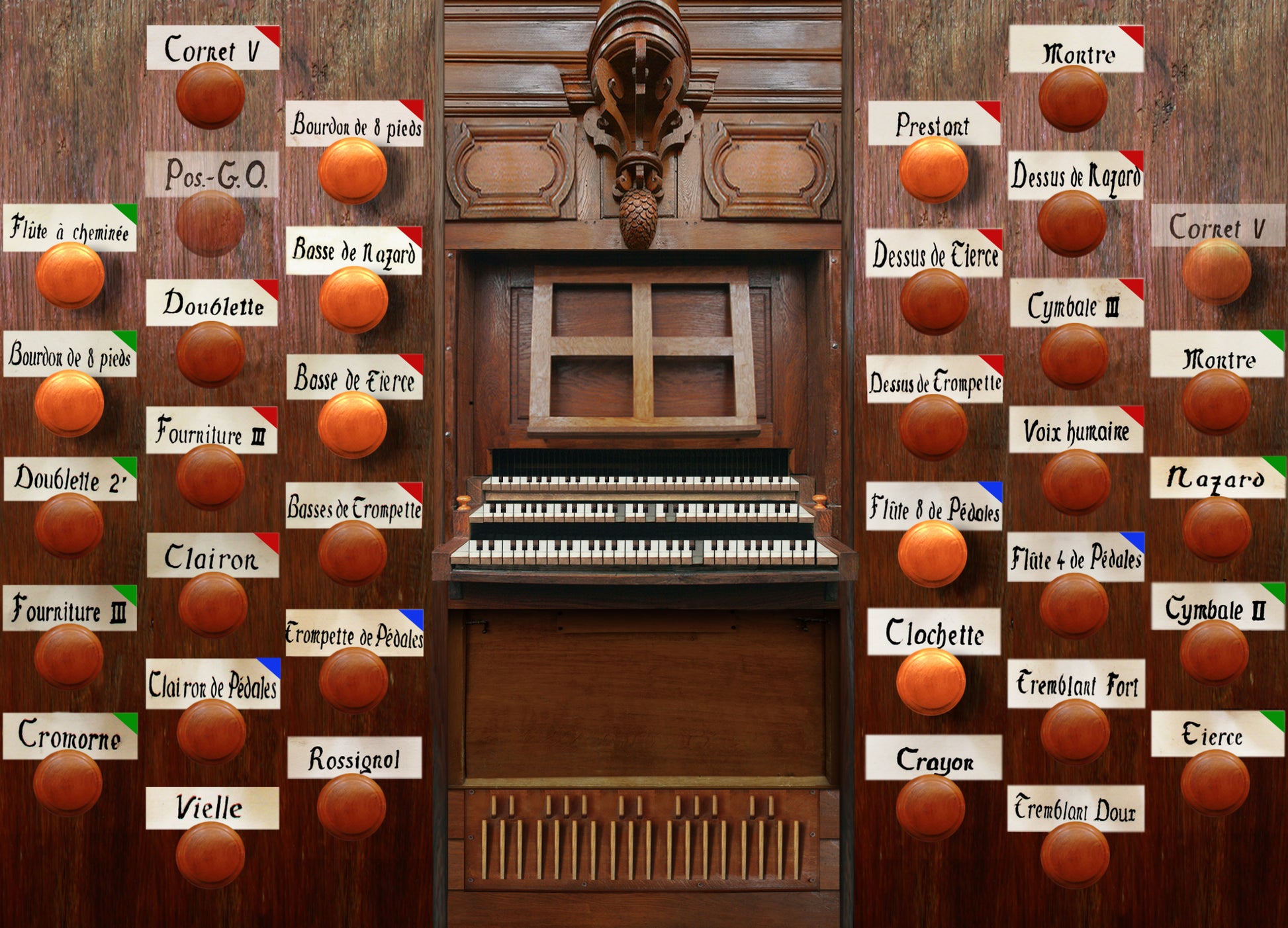
![Casavant, 1995 [Hauptwerk]](http://artful.shop/cdn/shop/files/ss_casavant1.jpg?v=1693319885&width=533)
![Reuter, 1928 [Hauptwerk]](http://artful.shop/cdn/shop/files/ss_Reuter1.jpg?v=1693321024&width=533)
![Rotterdam Hoofdorgel, 1973 [Hauptwerk]](http://artful.shop/cdn/shop/files/ss_RotterdamMain1.jpg?v=1693279529&width=533)
![Groningen, 1450-1740 [Hauptwerk]](http://artful.shop/cdn/shop/files/ss_Groningen1.jpg?v=1693275425&width=533)
![Goerlitz, 2006 [Hauptwerk]](http://artful.shop/cdn/shop/files/ss_goerlitz1.jpg?v=1692995837&width=533)
![Bückeburg, 1997 [Hauptwerk]](http://artful.shop/cdn/shop/files/ss_bueckeburg1.jpg?v=1692967628&width=533)
![Brasov, 1839 [Hauptwerk]](http://artful.shop/cdn/shop/files/ss_brasov1.jpg?v=1692967057&width=533)
![St. Omer, 1717-1855 [Hauptwerk]](http://artful.shop/cdn/shop/files/ss_omer1.jpg?v=1692904128&width=533)
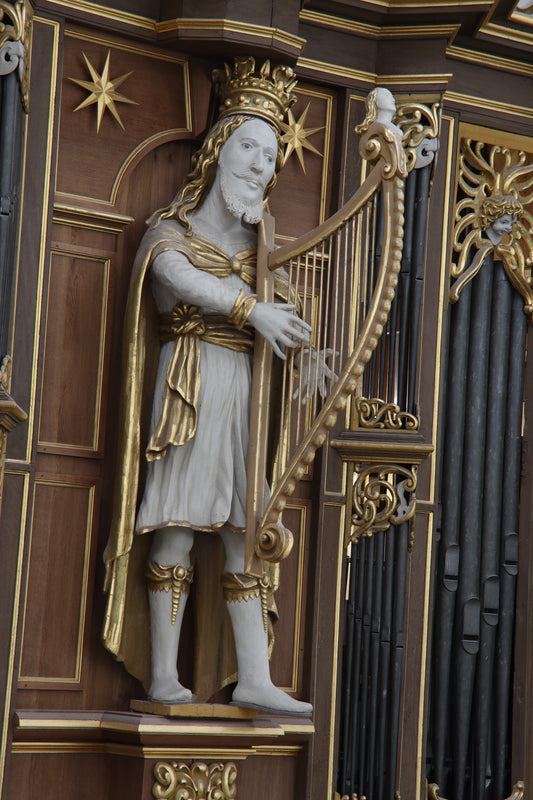
![Clavichord Model [Hauptwerk]](http://artful.shop/cdn/shop/files/ss_clavichord.jpg?v=1724310155&width=533)